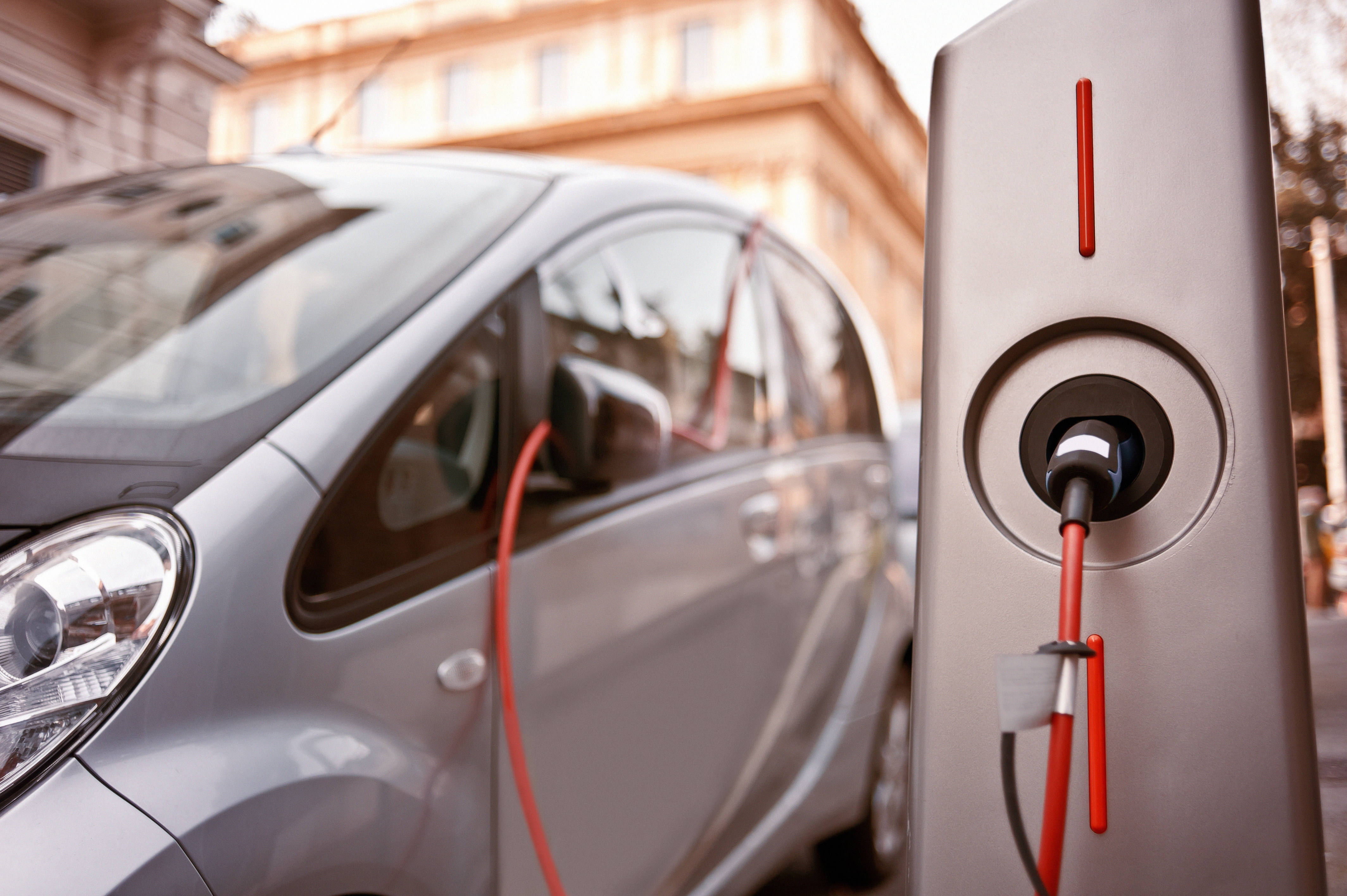
The lithium-ion battery has already reshaped the way we live by enabling the proliferation of mobile phones and tablets. Now the technology is helping to drive the electrification of transportation and the transition to renewable energy. In fact, the lithium-ion battery has become so vital to technological progress that in 2019 its inventors were awarded the Nobel Prize in Chemistry.
Cusp of a battery boom
 Sachin Pimpalnerkar, Global Segment Manager for Renewables, KanthalSince the 1990s, the growth in lithium-ion battery production has been powered by growing demand for portable consumer electronics such as smartphones, tablets and laptops. However, while this will remain a significant segment, the development of electric vehicles has sparked a surge in demand for batteries. The European Commission has estimated that the world will have between 50 million and 200 million electric cars by 2028, up from 4 million in 2018, and as many as 900 million vehicles by 2040.
Sachin Pimpalnerkar, Global Segment Manager for Renewables, KanthalSince the 1990s, the growth in lithium-ion battery production has been powered by growing demand for portable consumer electronics such as smartphones, tablets and laptops. However, while this will remain a significant segment, the development of electric vehicles has sparked a surge in demand for batteries. The European Commission has estimated that the world will have between 50 million and 200 million electric cars by 2028, up from 4 million in 2018, and as many as 900 million vehicles by 2040.
In addition, the transition to renewable energy sources is set to increase demand for lithium-ion batteries for storage. Since solar and wind power are intermittent sources, they are not as dependable as fossil fuels. However, by providing the capacity for storage, lithium-ion batteries could make renewable energy far more reliable and viable.
Lithium-ion batteries are a huge technological enabler, and this is going to drive tremendous growth in manufacturing capacity, especially in Europe
“Lithium-ion batteries are a huge technological enabler, and this is going to drive tremendous growth in manufacturing capacity, especially in Europe,” says Sachin Pimpalnerkar, Global Segment Manager for Renewables, Kanthal.
Getting more for less
Besides stepping up production capacity, there are two other key areas for battery manufacturers to focus on: continuous improvement in the energy density of batteries and drastic reductions in costs.
“Electric vehicles today have a limited driving range, take too long to recharge and the costs are still too high,” Pimpalnerkar says. “Almost 30 to 40 percent of the cost of an electric car is in the battery itself. However, energy density is improving, which means you can get more energy in the same space, and the price is continuously decreasing. At some point soon in the future, it will become comparable to a combustion engine.”
Between 2010 and 2023, the average cost of a lithium-ion battery pack is projected to have fallen from 1,160 US dollars per kilowatt-hour to close to just USD 100/kWh. Current projections suggest that by 2024 the price could fall below 100 dollars per kWh, which is the point at which electric vehicles achieve parity with the traditional internal combustion engine.
Expanding production
To meet this demand, current production will have to grow exponentially in the coming years. According to Wood MacKenzie, a global research and consultancy firm, cumulative lithium-ion battery capacity is projected to rise more than fivefold to 5,500 GWh between 2021 and 2030. Meanwhile China’s capacity in 2023 is expected to be as high as 800 GWh.
This will have a knock-on effect on demand for raw materials and key components, such as cathode.
“Cathode is one of the most critical components in the entire battery when it comes to performance,” Pimpalnerkar explains. “It is what determines the energy density of the battery, and the demand for cathode material will increase in linear proportion with demand for battery cells.”
Maximizing energy efficiency
The production of cathode material requires temperatures of around 800 to 1,000 degrees Celsius in the calcination process. Also, the manufacturing process has to be designed and controlled to ensure exceptionally high purity levels in the cathode materials. As with all industrial high-temperature production processes, the challenge for furnace operators is to maximize energy efficiency and productivity, while ensuring a consistent, high-quality cathode material.
“Because Kanthal’s heating systems enable producers to achieve the exact temperature in the zones where it is needed, they will give the best-quality cathode powder with good energy efficiency and high productivity,” Pimpalnerkar says. “Given Kanthal’s global presence, we can also help customers to grow and expand globally, and we can provide strong technical support. All of this is going to be important in the coming years, as demand for lithium-ion batteries rapidly takes off.”